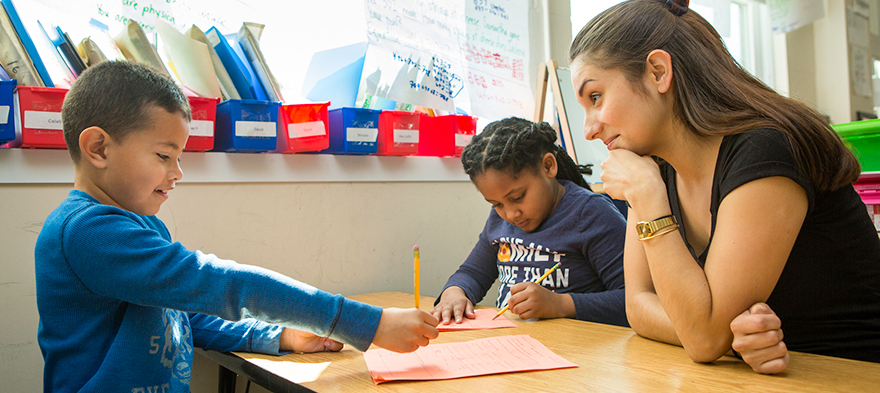
Mar 6, 2018 12:00:00 AM
by Daryl Howard
Daryl Howard, Ph.D., is a public school educator and BOND Project leader in Montgomery County, Maryland. His academic interests include the study of race and gender equity in education. Howard’s book is entitled "Complex People: Insights at the Intersection of Black Culture and American Social Life."
Few issues in education spark more tension and debate than standardized testing. Are they a tool for equity or a burden on students? A necessary check on school systems or a flawed measure of...
Charter schools are public schools with a purpose. Operating independently from traditional school districts, they're tuition-free, open to all students, and publicly funded—but with more flexibility...
Despite the benefits of a diverse teaching force, prospective teachers of color fall out of our leaky preparation pipeline at every stage: preparation, hiring, induction, and retention. Here’s what...
Ed Post is the flagship website platform of brightbeam, a 501(c3) network of education activists and influencers demanding a better education and a brighter future for every child.
© 2020-2025 brightbeam. All rights reserved.
Leave a Comment